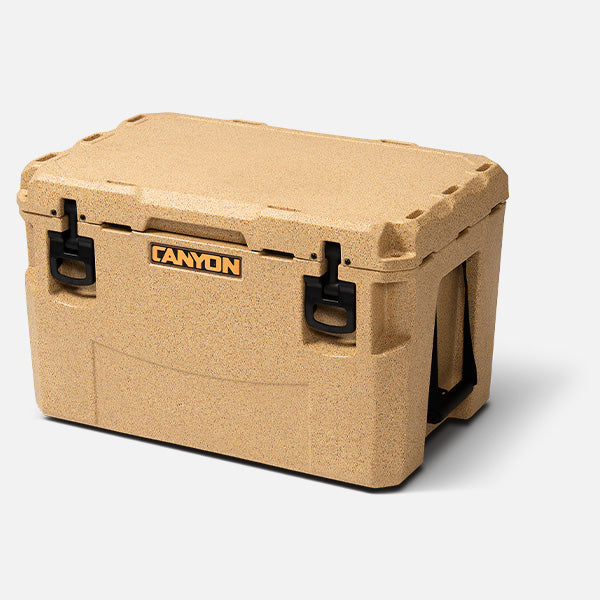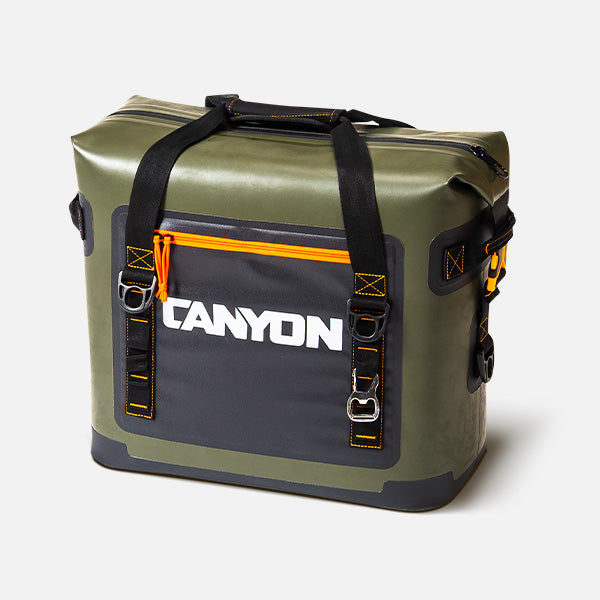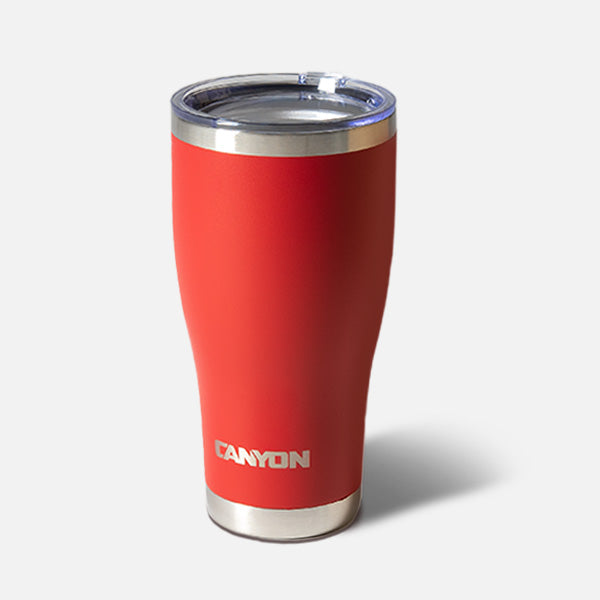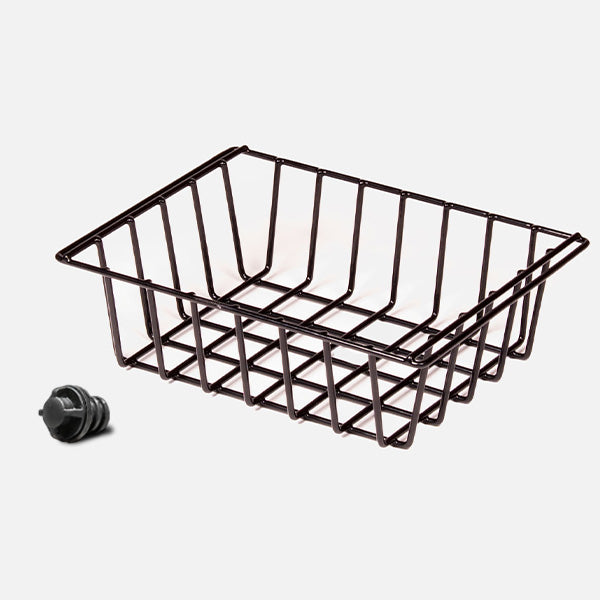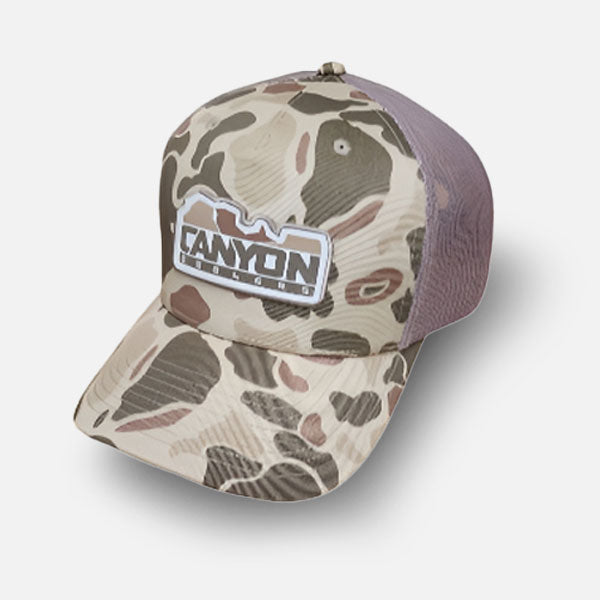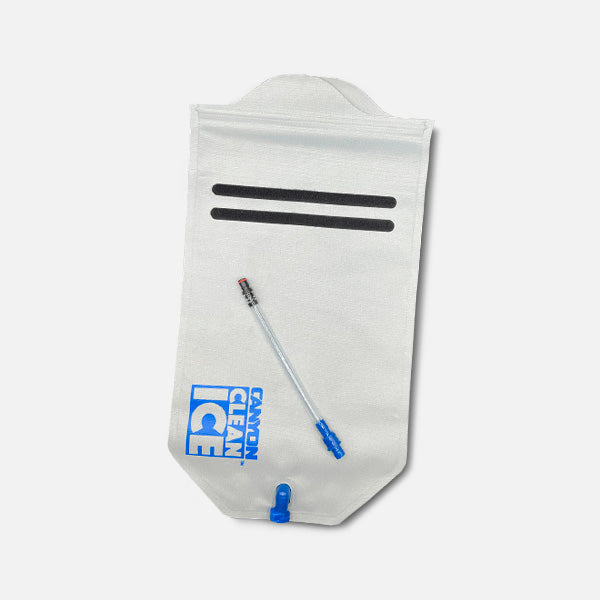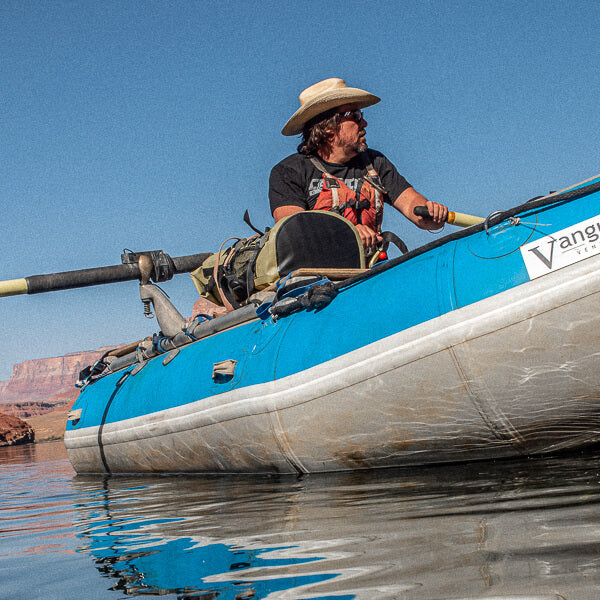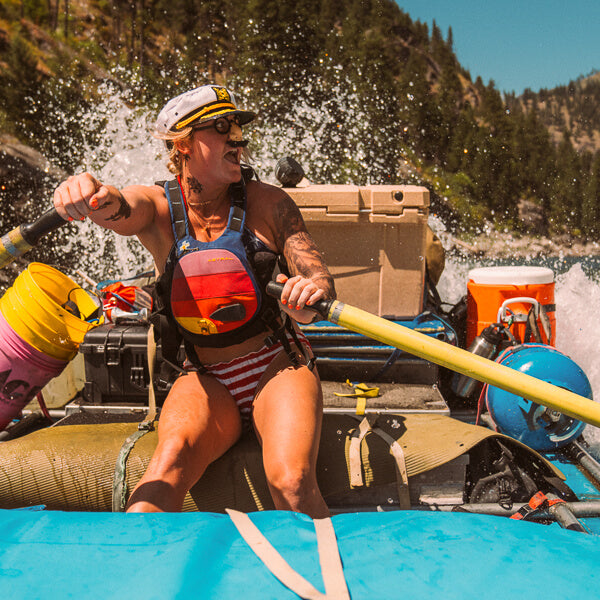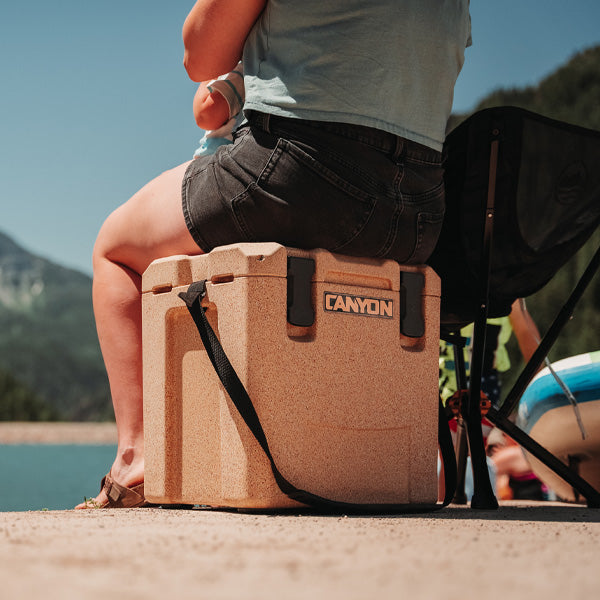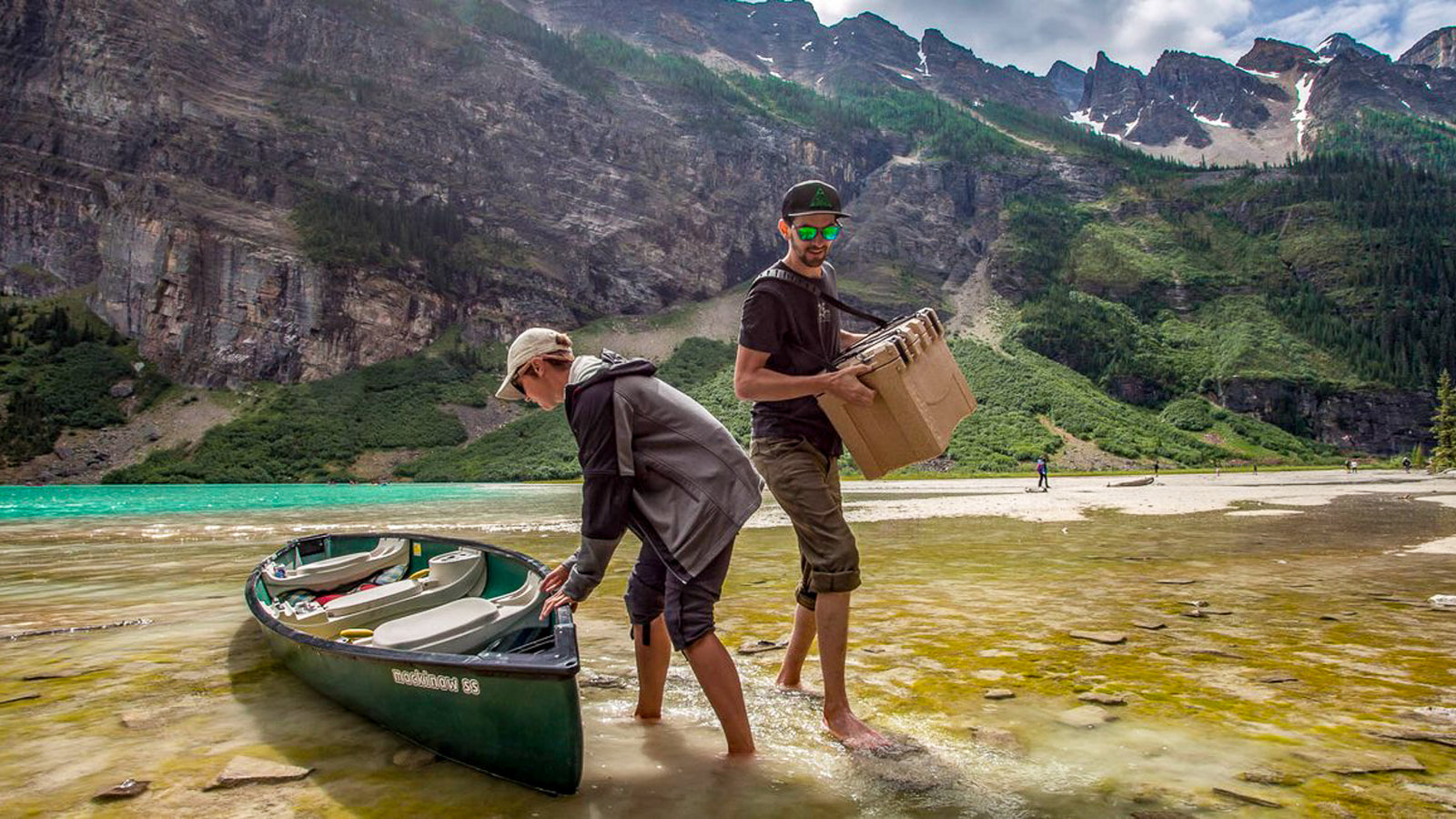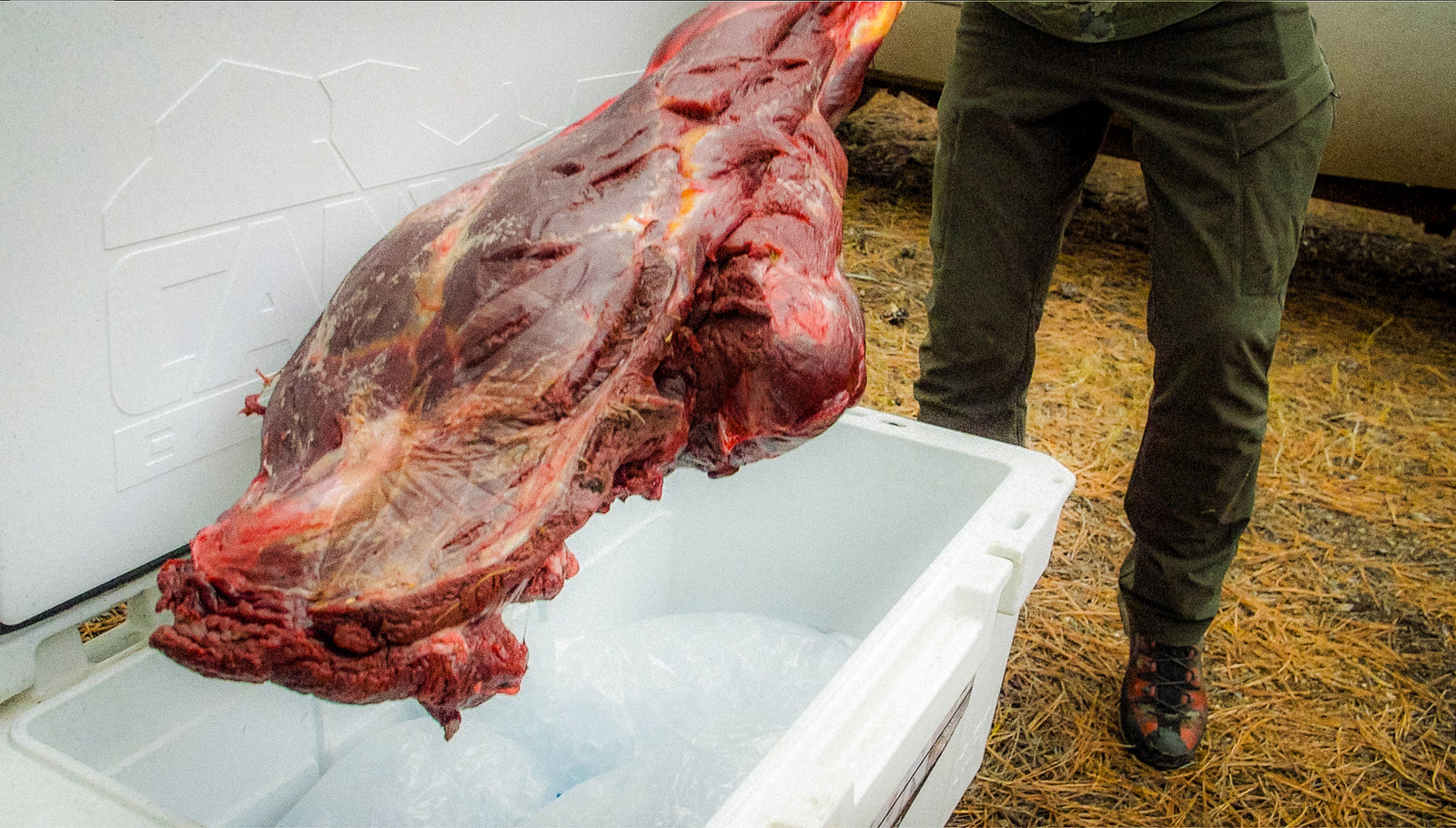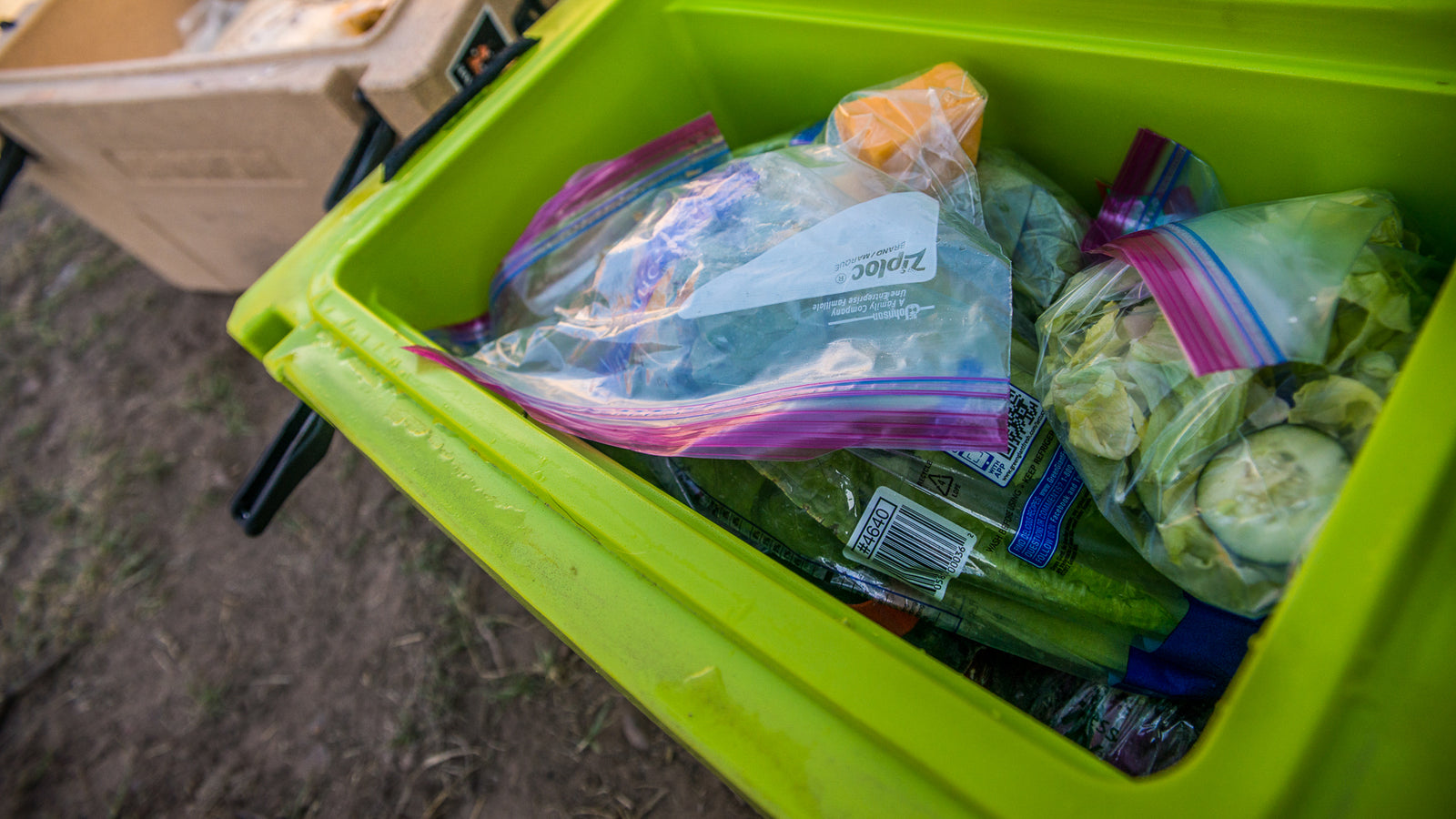Premium ice chests justify their increased cost over traditional coolers based on the long life of the ice you fill them with. They are built differently and insulated differently, and those construction differences create a better thermal barrier than your typical $50 supercenter cooler.
But to get the most out of a premium cooler, you have to use it differently. To maximize the life-span of your ice cubes, all premium cooler manufacturers advise a 2:1 ice to content ratio. But what, exactly, does that mean? What does that look like? And is it that important?
The reason behind the ratio is pretty simple, the more ice in your ice chest, the longer it’s going to last. So let’s look at what a 2:1 ratio is in theory, and contrast that with how you’re more used to packing a cooler.
To achieve that golden 2:1 ratio, divide your cooler into thirds and use one of those thirds to fill with your food and drink. The rest of the space inside the chest is for ice.
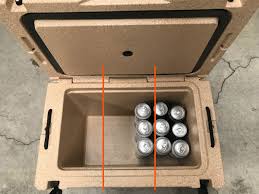
That’s the 2:1 ratio manufacturers advise. It probably doesn’t look like your typical packing job. Most people put way more contents in the cooler than that space allows. If you’re anything like us, this is most likely what you’re cooler looks like when you set off on your adventure.
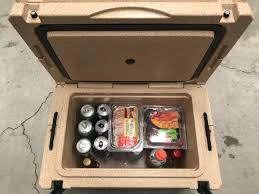
Now let’s look at how the differences in packing affect the longevity of your cubes. The next picture is after six days, opening and closing the coolers each one time per day.

One thing to note about this test, we’re not looking specifically at how long each cooler holds ice. This test was performed indoors and in the middle of a cold winter. What’s more important to us here is the difference in ice life between the two packing jobs.
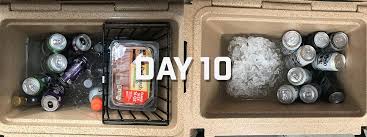
On day 10, normal cooler packing had pretty much melted all of the ice inside the cooler, whereas the 2:1 ratio packing still had plenty of life left. As mentioned before, more ice means longer ice life. And this is true of all coolers, whether it’s a Canyon, another premium brand, or a $5 leftover you picked up at a garage sale. More ice, Longer life.
What this means for you, is that choosing a cooler size, and how to pack it is a balancing act between what you need most. If you need to pack as much as possible, and keep your ice alive as long as possible, you probably need to go up a size or two to ensure you’re able to get what you need to take with you into the ice chest, and have room enough in the cooler to pack enough ice in it. If you don’t need to maximize the life of your ice, perhaps you’re only going out for a few days, then maybe the size of your ice chest and hitting the 2:1 ice to contents ratio is less important. Ultimately, it’s up to you. But knowing how these coolers work and why, is crucial to understanding what to expect for how long your ice chest will keep your ice in-tact.
This is the first in a series of ice retention tests we are running. But instead of putting one cooler against another cooler to see which is the king of ice retention, we’ve designed our tests to give you real-world knowledge about how a cooler will perform when you throw it in the back of your pickup and set out on an adventure. If you find them valuable, make sure you sign up for our monthly email newsletter to be informed of when the next test is complete.
But to get the most out of a premium cooler, you have to use it differently. To maximize the life-span of your ice cubes, all premium cooler manufacturers advise a 2:1 ice to content ratio. But what, exactly, does that mean? What does that look like? And is it that important?
The reason behind the ratio is pretty simple, the more ice in your ice chest, the longer it’s going to last. So let’s look at what a 2:1 ratio is in theory, and contrast that with how you’re more used to packing a cooler.
To achieve that golden 2:1 ratio, divide your cooler into thirds and use one of those thirds to fill with your food and drink. The rest of the space inside the chest is for ice.

That’s the 2:1 ratio manufacturers advise. It probably doesn’t look like your typical packing job. Most people put way more contents in the cooler than that space allows. If you’re anything like us, this is most likely what you’re cooler looks like when you set off on your adventure.

Now let’s look at how the differences in packing affect the longevity of your cubes. The next picture is after six days, opening and closing the coolers each one time per day.

One thing to note about this test, we’re not looking specifically at how long each cooler holds ice. This test was performed indoors and in the middle of a cold winter. What’s more important to us here is the difference in ice life between the two packing jobs.

On day 10, normal cooler packing had pretty much melted all of the ice inside the cooler, whereas the 2:1 ratio packing still had plenty of life left. As mentioned before, more ice means longer ice life. And this is true of all coolers, whether it’s a Canyon, another premium brand, or a $5 leftover you picked up at a garage sale. More ice, Longer life.
What this means for you, is that choosing a cooler size, and how to pack it is a balancing act between what you need most. If you need to pack as much as possible, and keep your ice alive as long as possible, you probably need to go up a size or two to ensure you’re able to get what you need to take with you into the ice chest, and have room enough in the cooler to pack enough ice in it. If you don’t need to maximize the life of your ice, perhaps you’re only going out for a few days, then maybe the size of your ice chest and hitting the 2:1 ice to contents ratio is less important. Ultimately, it’s up to you. But knowing how these coolers work and why, is crucial to understanding what to expect for how long your ice chest will keep your ice in-tact.
This is the first in a series of ice retention tests we are running. But instead of putting one cooler against another cooler to see which is the king of ice retention, we’ve designed our tests to give you real-world knowledge about how a cooler will perform when you throw it in the back of your pickup and set out on an adventure. If you find them valuable, make sure you sign up for our monthly email newsletter to be informed of when the next test is complete.

